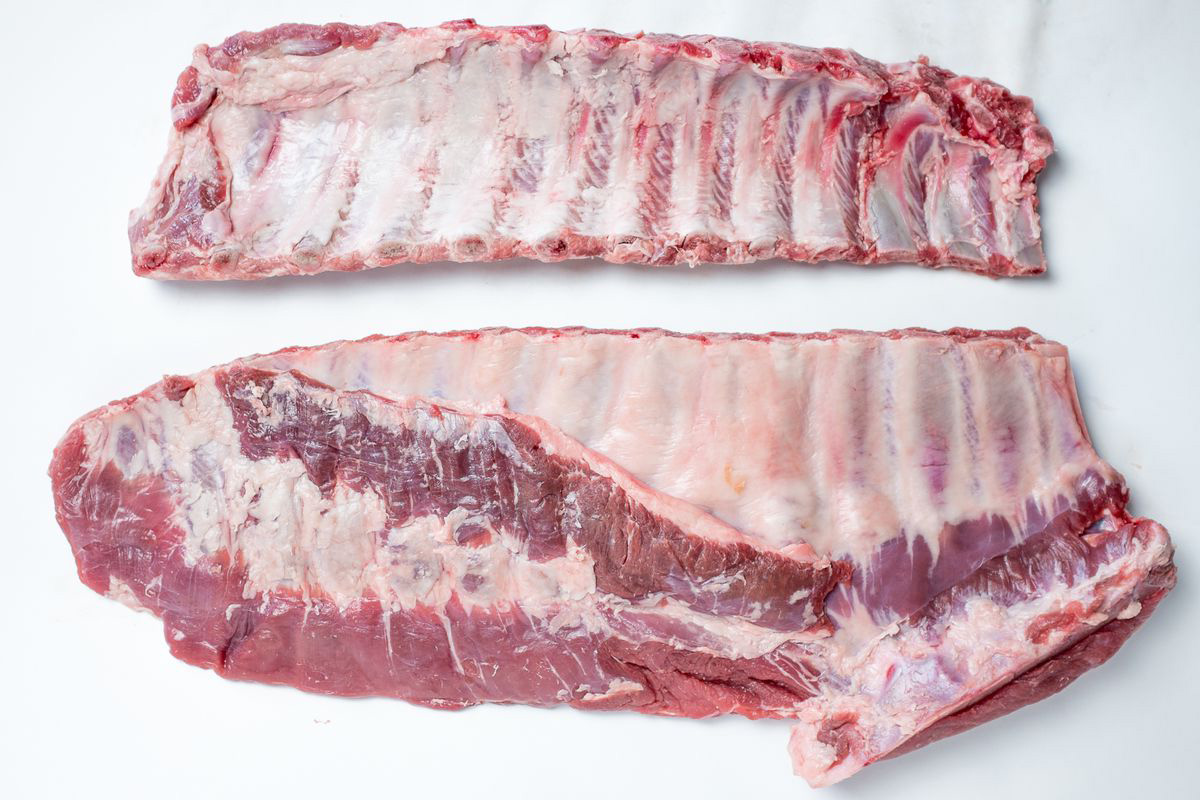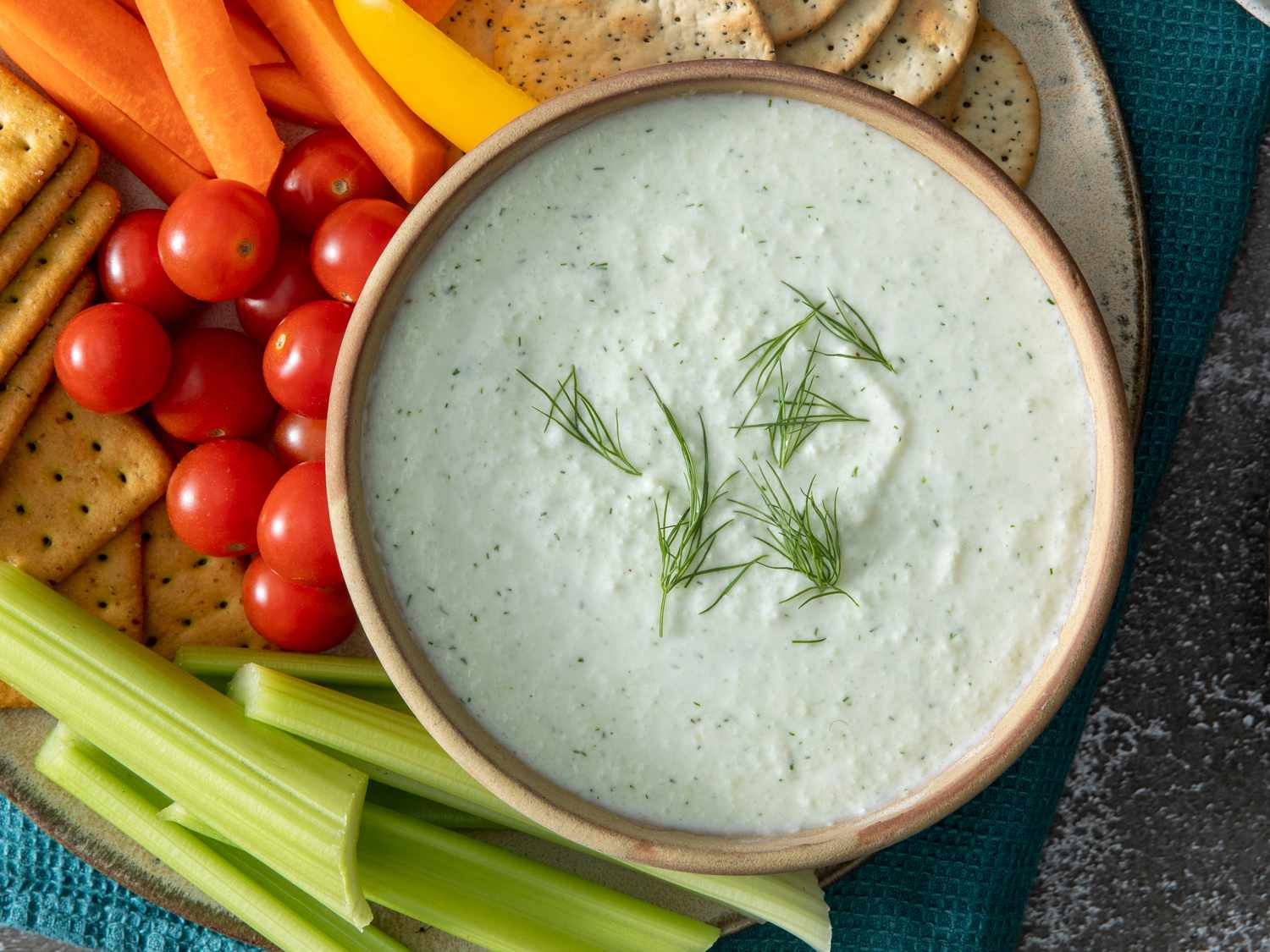Discovering the Delightful World of Taro
Have you ever heard of taro? This unique and versatile root vegetable is a staple in many cuisines around the world. From savory dishes to sweet treats, taro can be used in a variety of ways to add flavor and texture to your favorite recipes. Let’s take a closer look at what taro is and how it can be enjoyed.
What is Taro?
Taro, also known as Colocasia esculenta, is a starchy root vegetable that is native to Southeast Asia and India. It belongs to the Araceae family and is widely cultivated in tropical and subtropical regions for its edible corms and leaves. The corms, which are the thickened underground stems of the plant, are the most commonly consumed part of the taro plant.
Characteristics of Taro
Taro has a unique appearance and texture that sets it apart from other root vegetables. Here are some key characteristics of taro:
- Shape and Color: Taro corms are typically oval or oblong in shape and have a rough, hairy outer skin. The color of the skin can range from light brown to purple, depending on the variety.
- Texture: When cooked, taro has a smooth and creamy texture, similar to that of a potato but with a slightly nuttier flavor.
- Flavor: Taro has a mildly sweet and nutty flavor, making it a versatile ingredient in both sweet and savory dishes.
Uses of Taro
Taro can be used in a wide range of culinary applications, from soups and stews to desserts and snacks. Here are some popular ways to enjoy taro:
- Savory Dishes: Taro can be boiled, steamed, or fried and used in savory dishes such as curries, stews, and stir-fries. Its creamy texture and earthy flavor make it a great addition to hearty meals.
- Snacks and Desserts: In many Asian countries, taro is used to make sweet treats such as taro bubble tea, taro mochi, and taro-flavored ice cream. Its natural sweetness and vibrant purple color make it a popular choice for desserts.
- Gluten-Free Flour: Taro flour, made from dried and ground taro corms, is a popular gluten-free alternative to wheat flour. It can be used in baking and cooking to add a unique flavor and texture to dishes.
Nutritional Benefits of Taro
In addition to its delicious taste and culinary versatility, taro also offers a range of nutritional benefits. Here are some key nutrients found in taro:
- Fiber: Taro is a good source of dietary fiber, which is important for digestive health and can help promote feelings of fullness.
- Vitamins and Minerals: Taro contains various vitamins and minerals, including vitamin E, vitamin B6, potassium, and manganese, which are essential for overall health and well-being.
- Resistant Starch: Taro contains resistant starch, a type of carbohydrate that acts as a prebiotic and can support gut health.
How to Prepare Taro
If you’re interested in incorporating taro into your cooking, here are some simple tips for preparing and cooking this versatile root vegetable:
- Peeling and Cutting: To prepare taro, start by peeling the rough outer skin with a vegetable peeler. Then, cut the corm into slices or cubes, depending on your recipe.
- Cooking Methods: Taro can be boiled, steamed, fried, or roasted to bring out its natural flavors and creamy texture. Experiment with different cooking methods to find your favorite way to enjoy taro.
- Flavor Combinations: Taro pairs well with a variety of flavors, including coconut, ginger, garlic, and soy sauce. Consider incorporating these ingredients into your taro dishes for a delicious and satisfying meal.
Exploring Taro in Global Cuisine
While taro has been a dietary staple in many Asian and Pacific Island cultures for centuries, it is gaining popularity in other parts of the world as well. From taro chips in Hawaii to taro-filled dumplings in China, this versatile root vegetable has made its way into a wide range of international cuisines.
Whether you’re a fan of exotic flavors or simply looking to expand your culinary horizons, taro is definitely worth exploring. Its unique taste, nutritional benefits, and culinary versatility make it a delightful addition to any kitchen.
So, the next time you come across taro at your local grocery store or farmers’ market, don’t hesitate to pick some up and give it a try. You might just discover a new favorite ingredient that adds a delicious twist to your meals!
Was this page helpful?
Read Next: What Is Sub Sauce?











